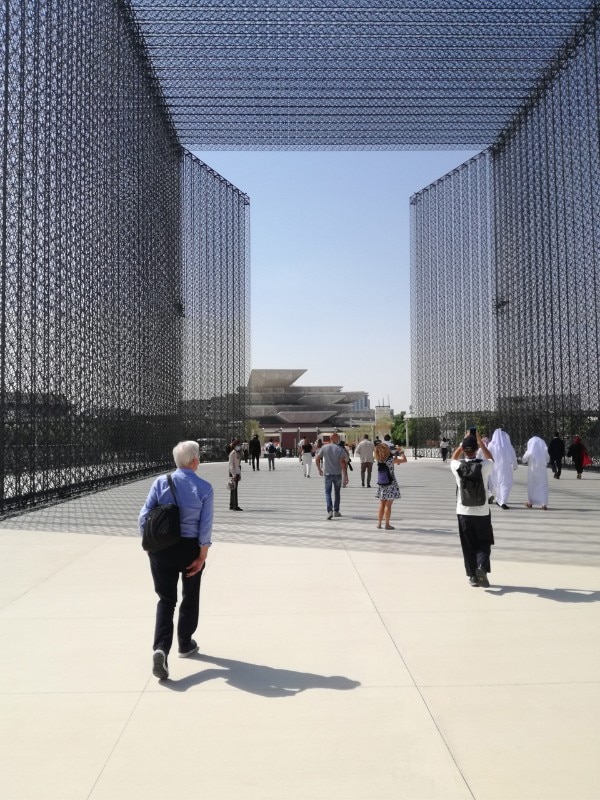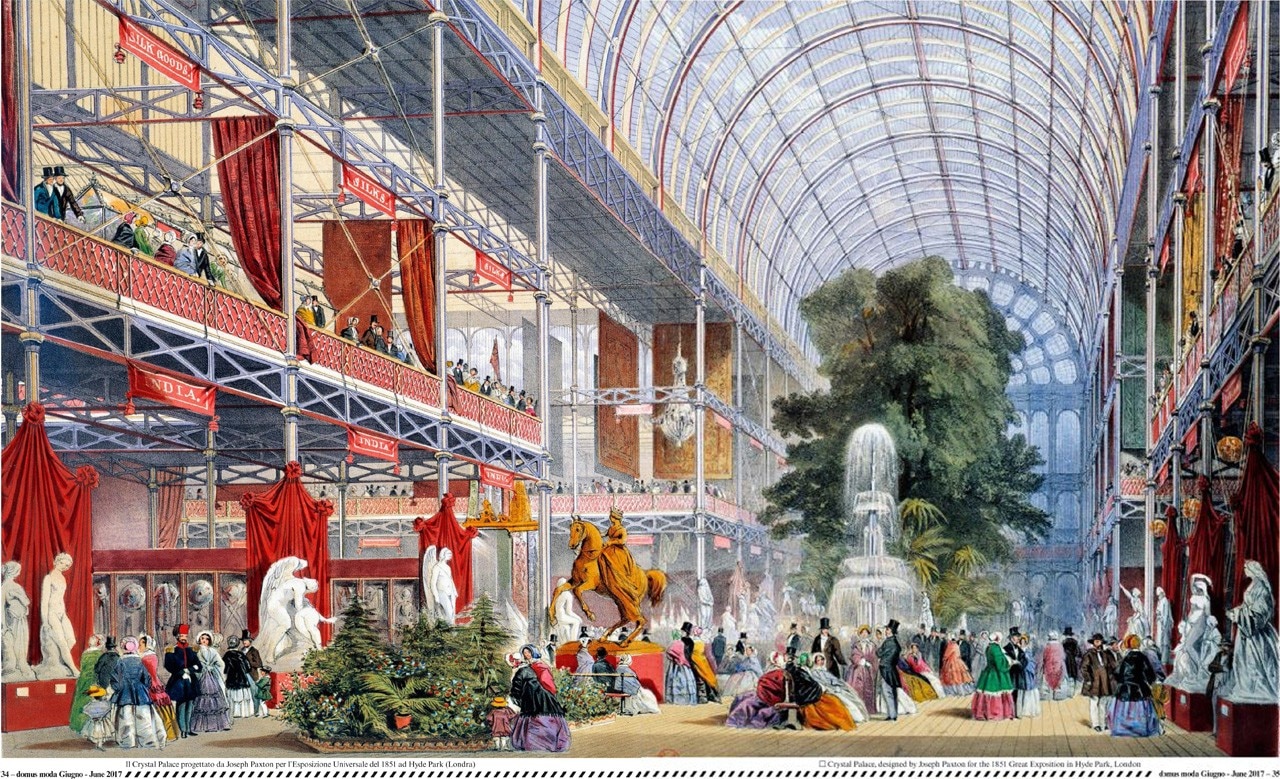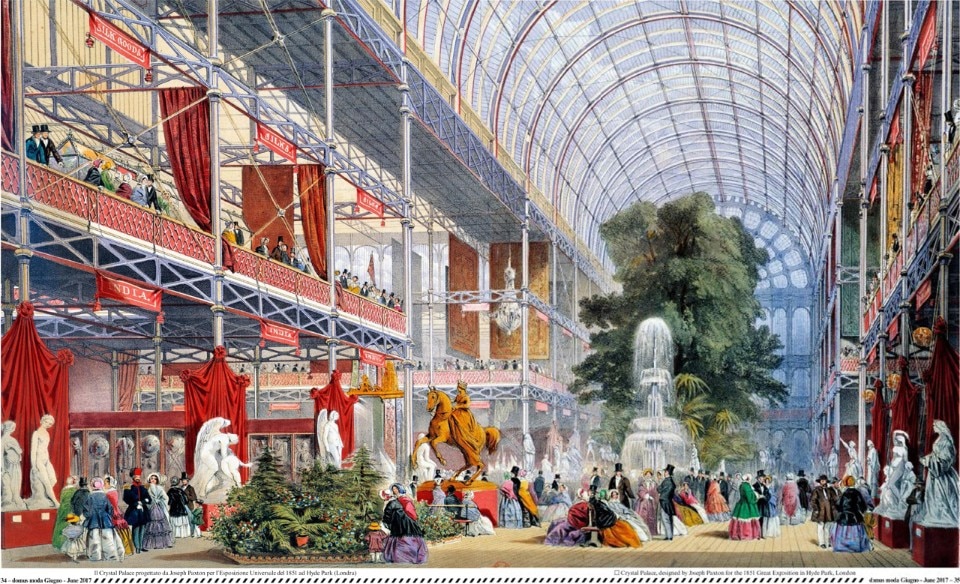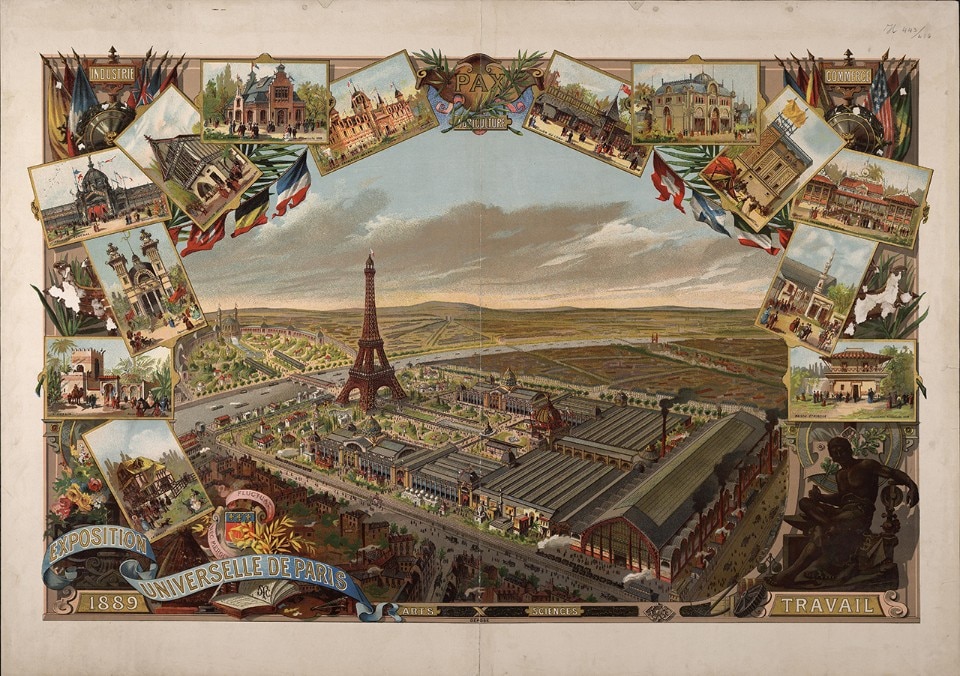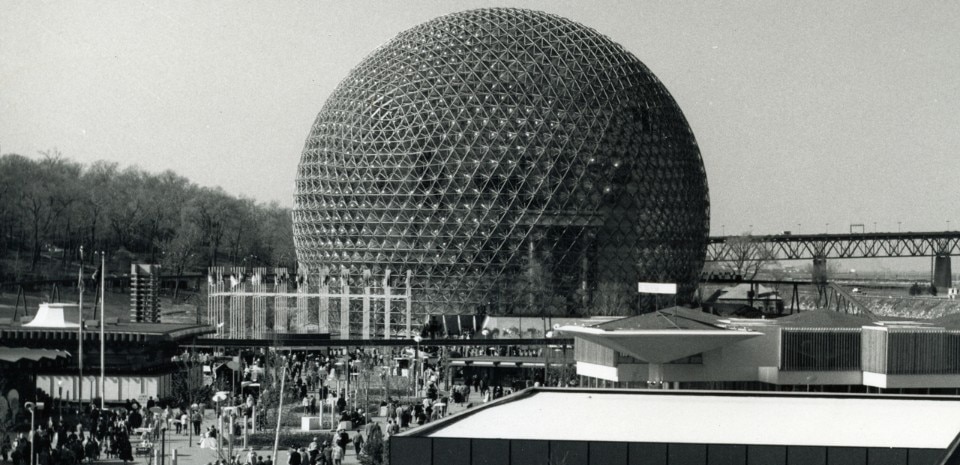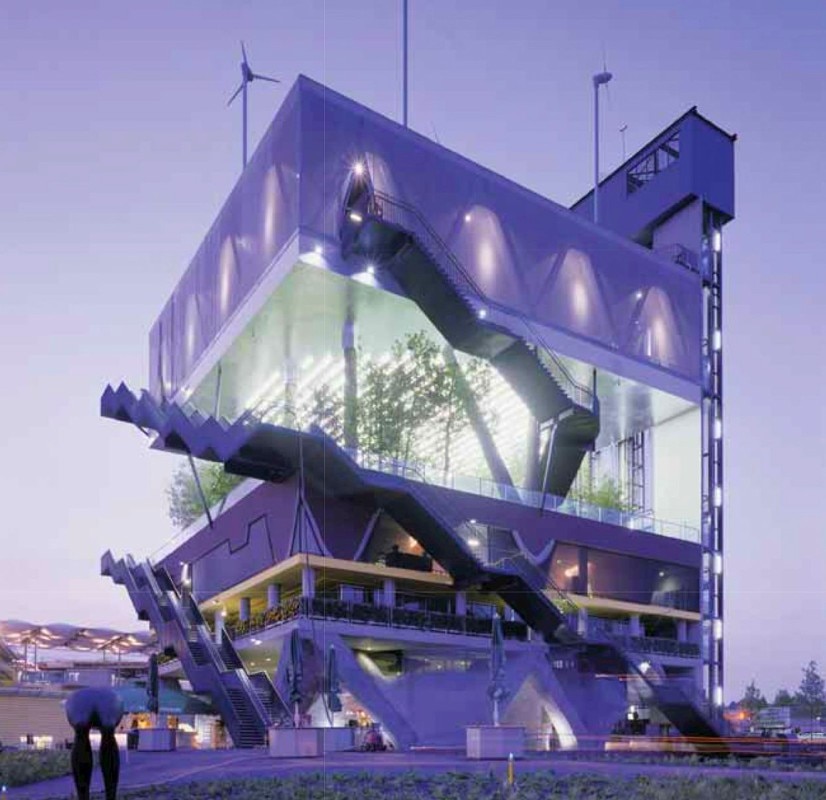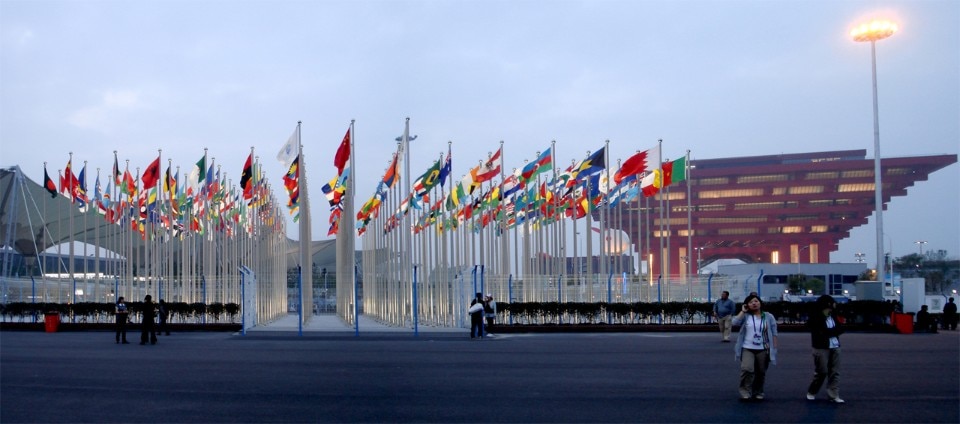Every two weeks in Paris, the Académie des Sciences used to put on display, along the rue de la Harpe, four models of machines that foreshadowed new ways of producing. This was in 1683, and this is what Linda Aimone and Carlo Olmo, in their book Le Esposizioni Universali 1851-1900, present as the first example of an industrial exhibition: prototypes, living symbols of progress, displayed and shared with everyone.
And this is, in essence, what Expos have always proposed: societies, and their contribution to innovation.
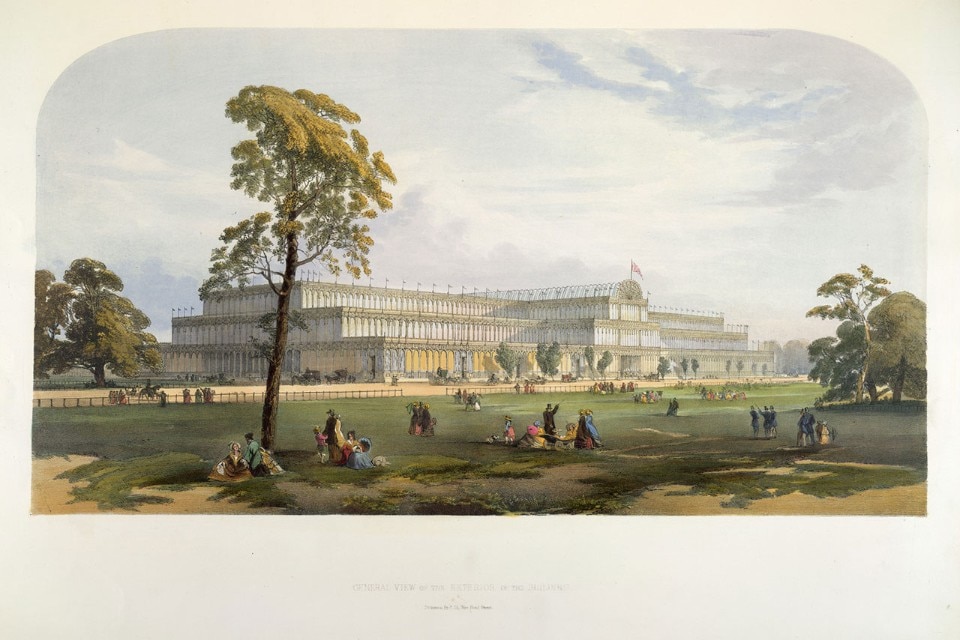
Of course, it is “only” a century and a half , or a little more, since Expositions have also become Universal, World’s Fairs — since 1851, when 25 countries gathered at the Crystal Palace in London for the Great Exhibition — still, it is to be remarked that the Expos with their specific mission were perhaps the first plastic, and mass produced, representation of the idea of a globalized world, something that was even difficult to think of at first.
Throughout their history, they have known different phases and forms: the first Expos were the voice of production, of the industrial revolution, but very soon they became checkerboards of international, political and identity positioning (up to the sinisterly iconic display of Paris 1937, with the statues of Stalinist workers and the Nazi eagle facing each other from the two corners of the Champ de Mars).
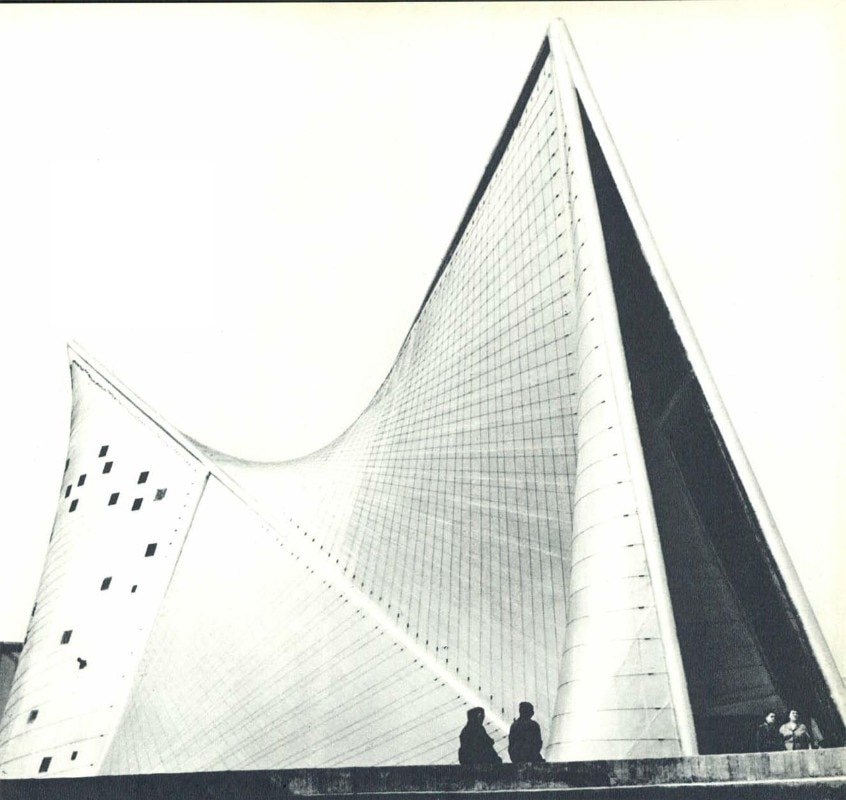
As modernity and the Second World War, came and made the world much smaller, Expo would evolve as well, together with its languages and its systemic short-circuits. Sure, in postwar years, the Cold War became the general framework regulating almost all international relationships, but under the coordination of the Bureau International des Expositions, a certain enthusiasm for a future made of community thinking, of ideas that had been considered science fiction till then, made a huge comeback: everything was connected, everything was progress, research. It was the steel atom (the Atomium) built in Brussels in 1958, it was Diana Ross singing next to a Buckminster Fuller geodesic dome from Montréal in 1967.
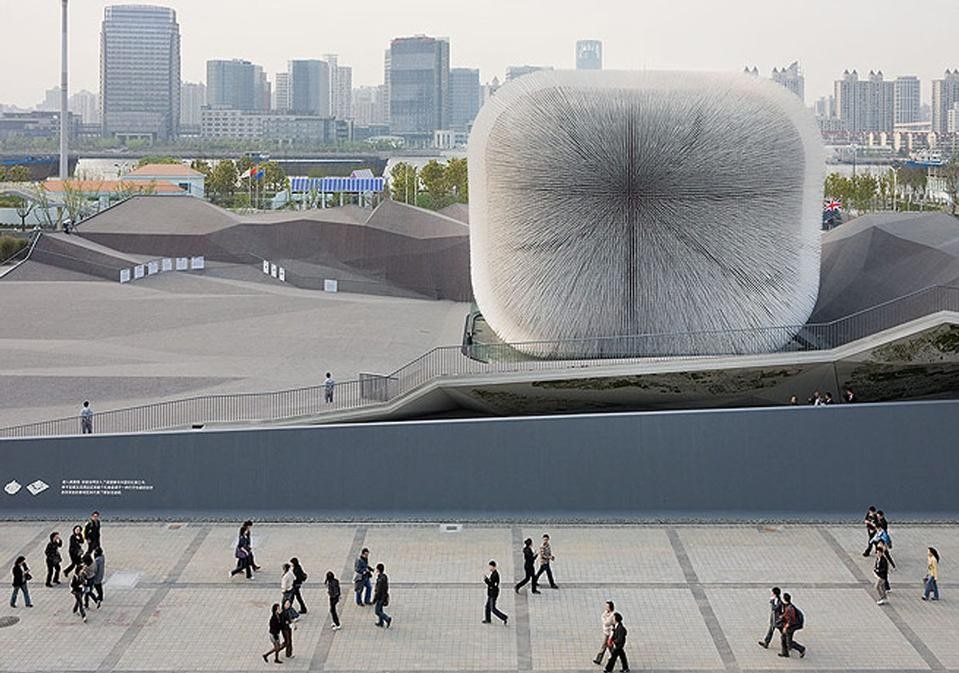
Expos became one with their host cities. But perhaps this did not realize completely: over the decades, specialized expos multiplied and the problem of abandoned exhibition sites became more and more relevant. This did not, however, prevent the birth of what today we might call an “Expo style” in architecture, temporary and highly technologized, still present and thriving today.
The new millennium has brought signals of an increased awareness about all these issues: the decision has been taken to reduce the proliferation of events, bringing World Expos to a five-year cycle and reinforcing the importance of their thematization, as well as the attention to their legacy for cities (these two aspects have entailed real processes of cross-level transfiguration for some urban systems, as it happened in Milan in 2015).
All this is happening in very different ways, for sure, as the five milestones we have selected in the history of Universal Exhibitions will show.
